Minecraft, the sandbox video game, has two primary editions: Java Edition and Bedrock Edition. While both editions share the core gameplay and exploration elements, they differ in various aspects, including game mechanics, features, and cross-platform compatibility.
Core Gameplay
Both Java and Bedrock editions offer the same core gameplay experience: players explore a procedurally generated world, gather resources, craft tools and items, build structures, and survive against hostile mobs. However, there are subtle differences in how these elements are implemented.
Features
Java Edition is known for its moddability, allowing players to create and install modifications that expand the game's features and gameplay possibilities. Bedrock Edition, on the other hand, offers cross-platform play, allowing players to connect and play together across different devices, including Windows, macOS, Android, iOS, Xbox, PlayStation, and Nintendo Switch.
Cross-Platform Compatibility
Java Edition is exclusively available for personal computers (PCs), while Bedrock Edition is available for PCs, mobile devices, consoles, and even virtual reality headsets. This allows players to collaborate and play together regardless of their platform choice.
World Generation
Both editions use procedurally generated worlds, but they differ in their algorithms and underlying data structures. Java Edition uses the Anvil format for world storage, while Bedrock Edition uses the LevelDB format. This can lead to minor differences in world generation patterns and features.
Redstone Mechanics
Redstone is a crucial aspect of Minecraft's gameplay, allowing players to automate tasks and create complex contraptions. While both editions share the core redstone mechanics, there are subtle differences in how blocks interact and how they are powered.
Nether Roof
The Nether roof is a controversial feature in Minecraft. In Java Edition, it is possible to build structures on top of the Nether roof, which offers a unique and challenging gameplay experience. However, Bedrock Edition restricts access to the Nether roof, preventing players from exploiting its loopholes.
Armor Stands
Armor stands are decorative blocks that can hold items and display armor sets. Java Edition's armor stands have limited poses and cannot hold items other than armor. Bedrock Edition's armor stands have more flexible poses and can hold regular items as well as armor.
Accessibility Options
Both Java and Bedrock editions offer accessibility options to cater to players with various needs. These options include visual adjustments, text to speech, and color blindness support.
Overall
Both Minecraft: Java Edition and Minecraft: Bedrock Edition offer a unique and engaging gameplay experience, catering to different preferences and platforms. Java Edition shines with its moddability and flexibility, while Bedrock Edition excels in cross-platform compatibility and accessibility. The choice between the two ultimately depends on the specific needs and preferences of the player.
¡No se han encontrado reseñas!
 Spanish
Spanish



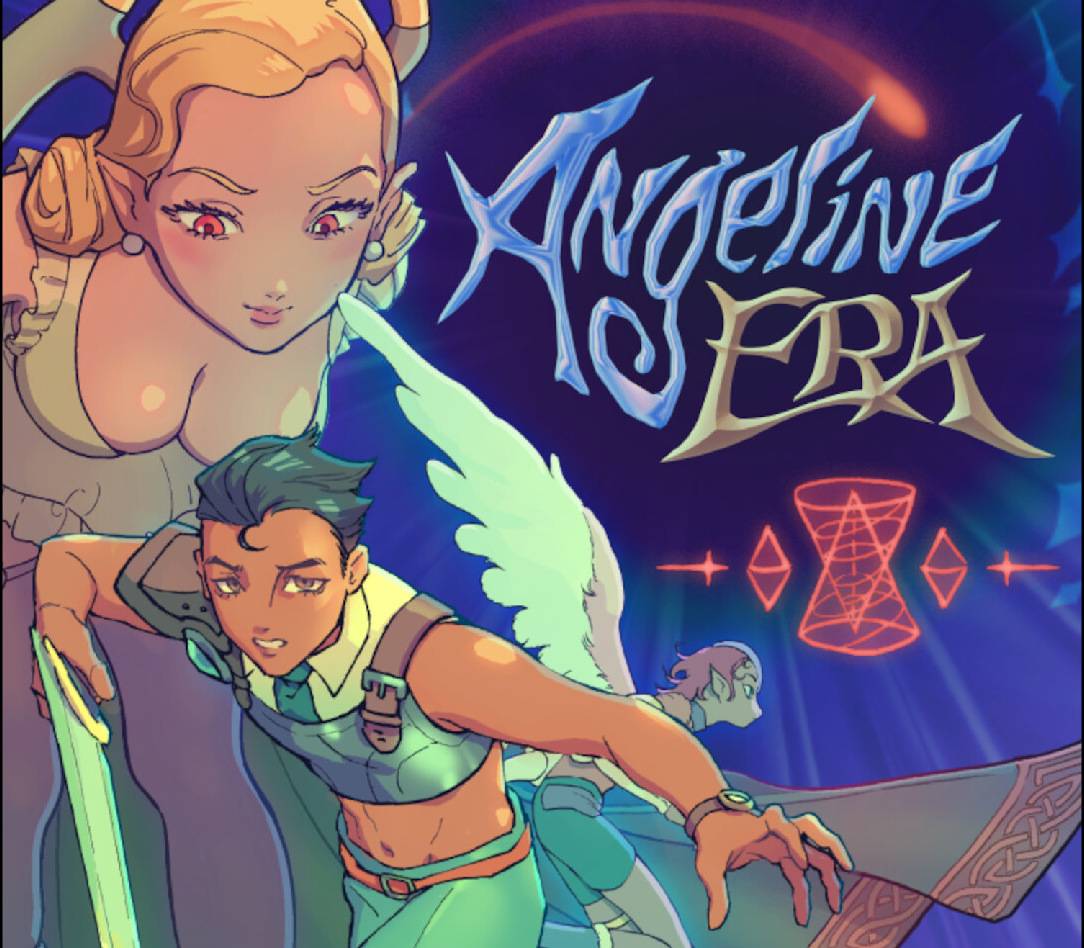
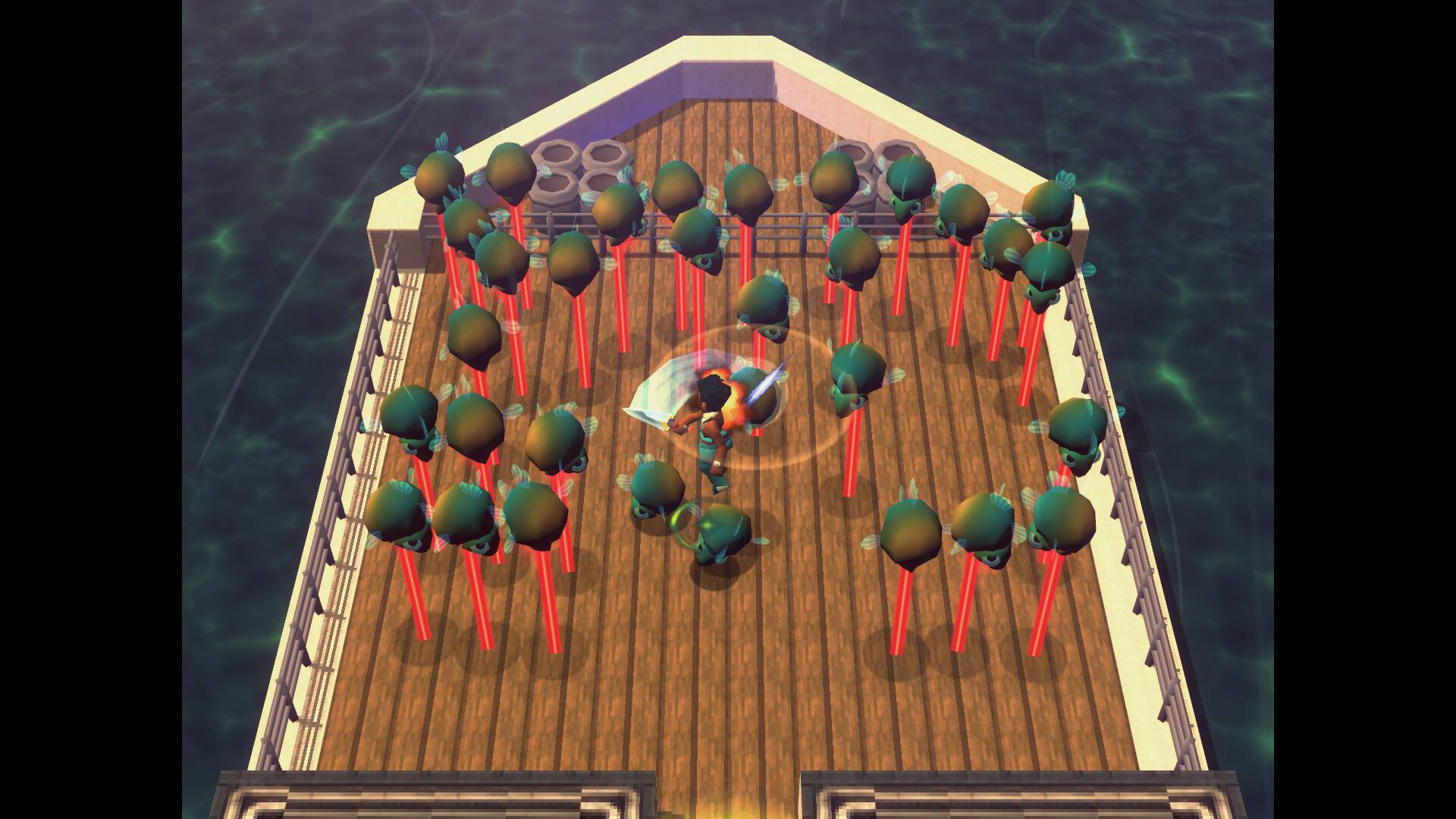

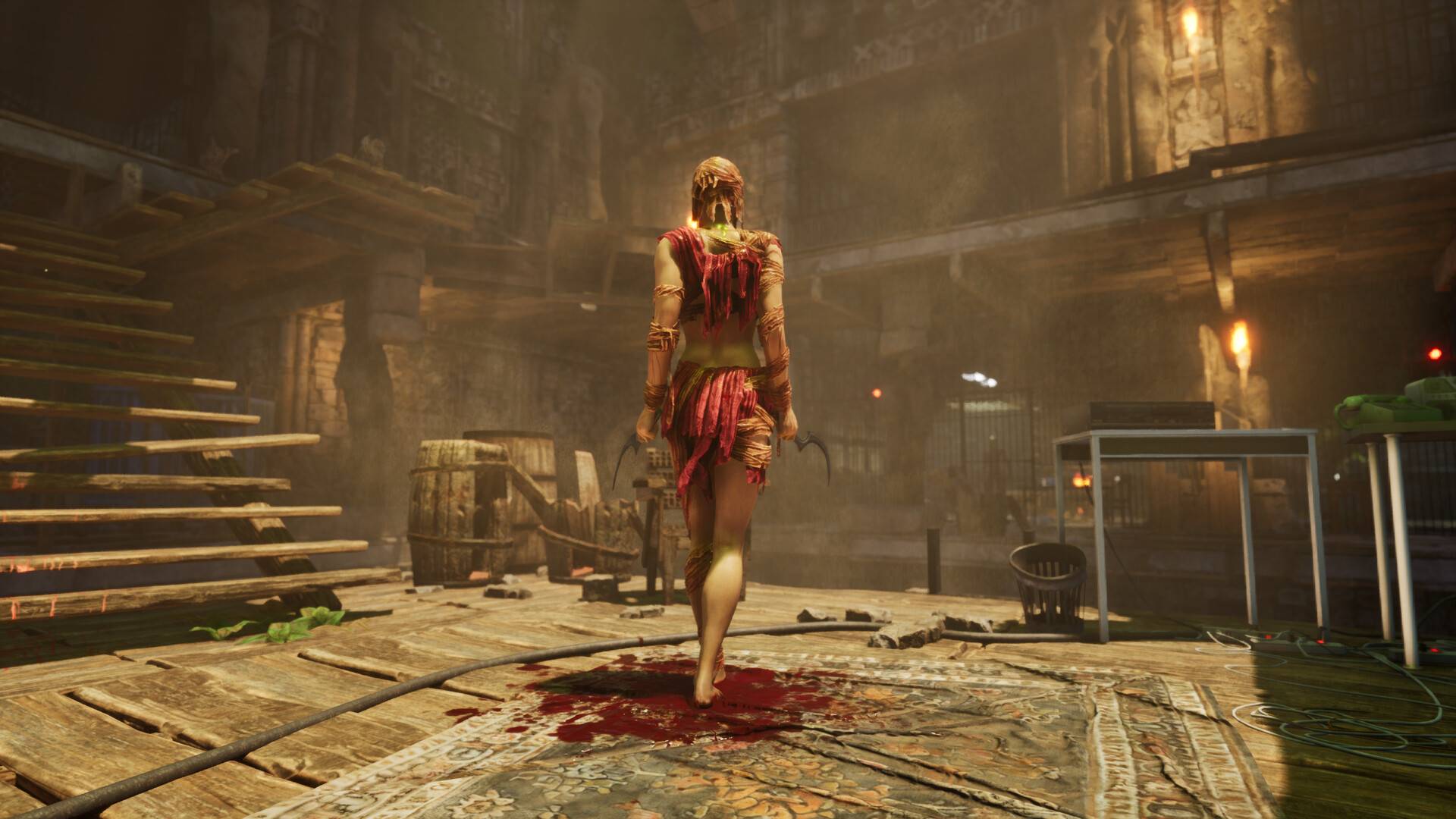
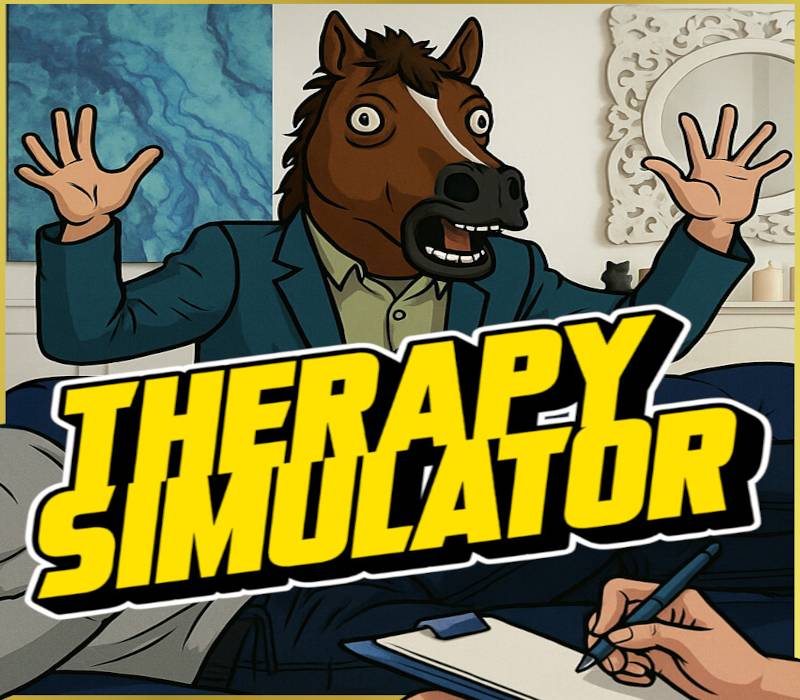
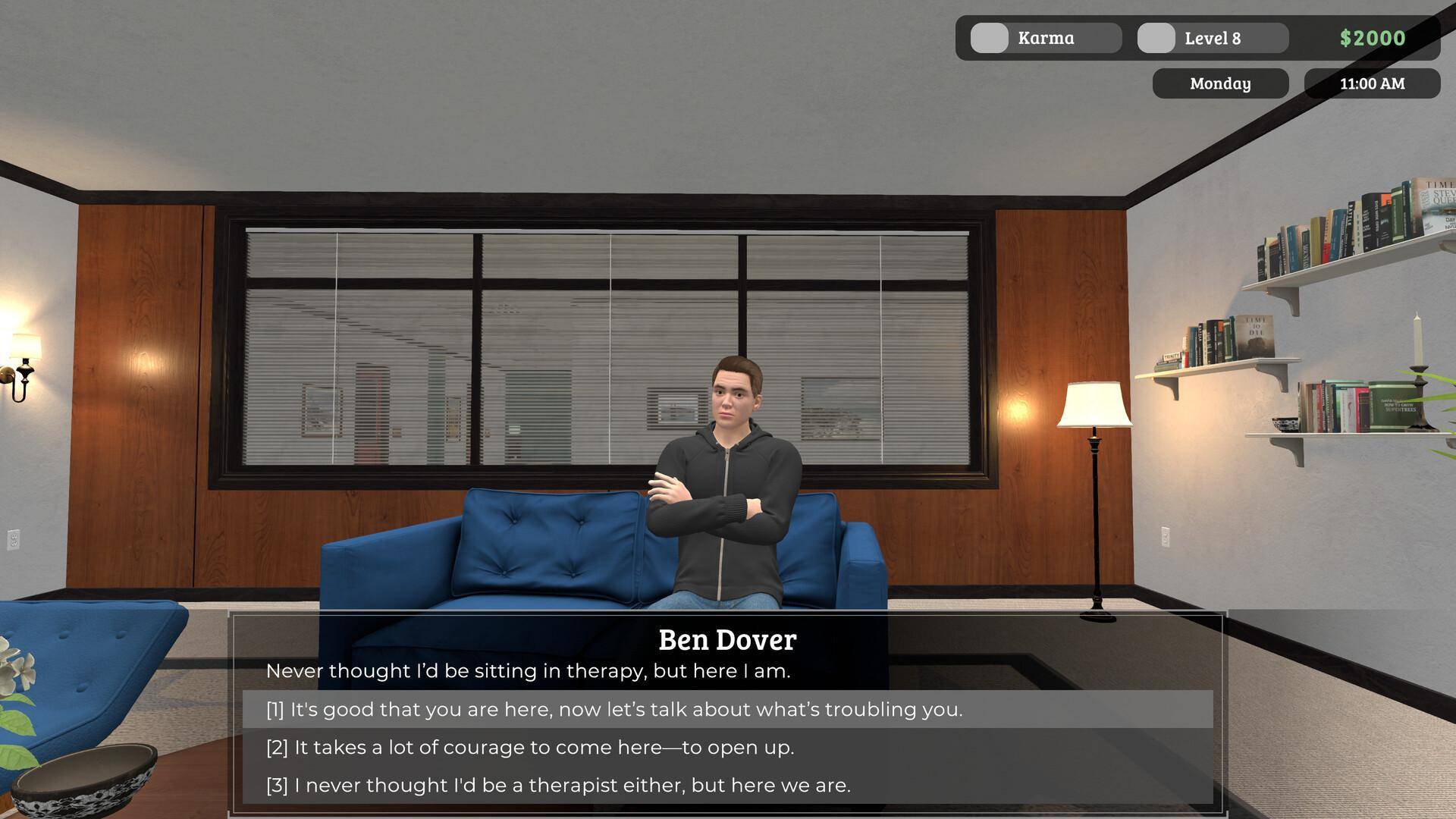

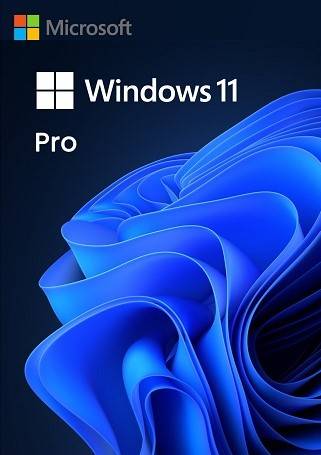
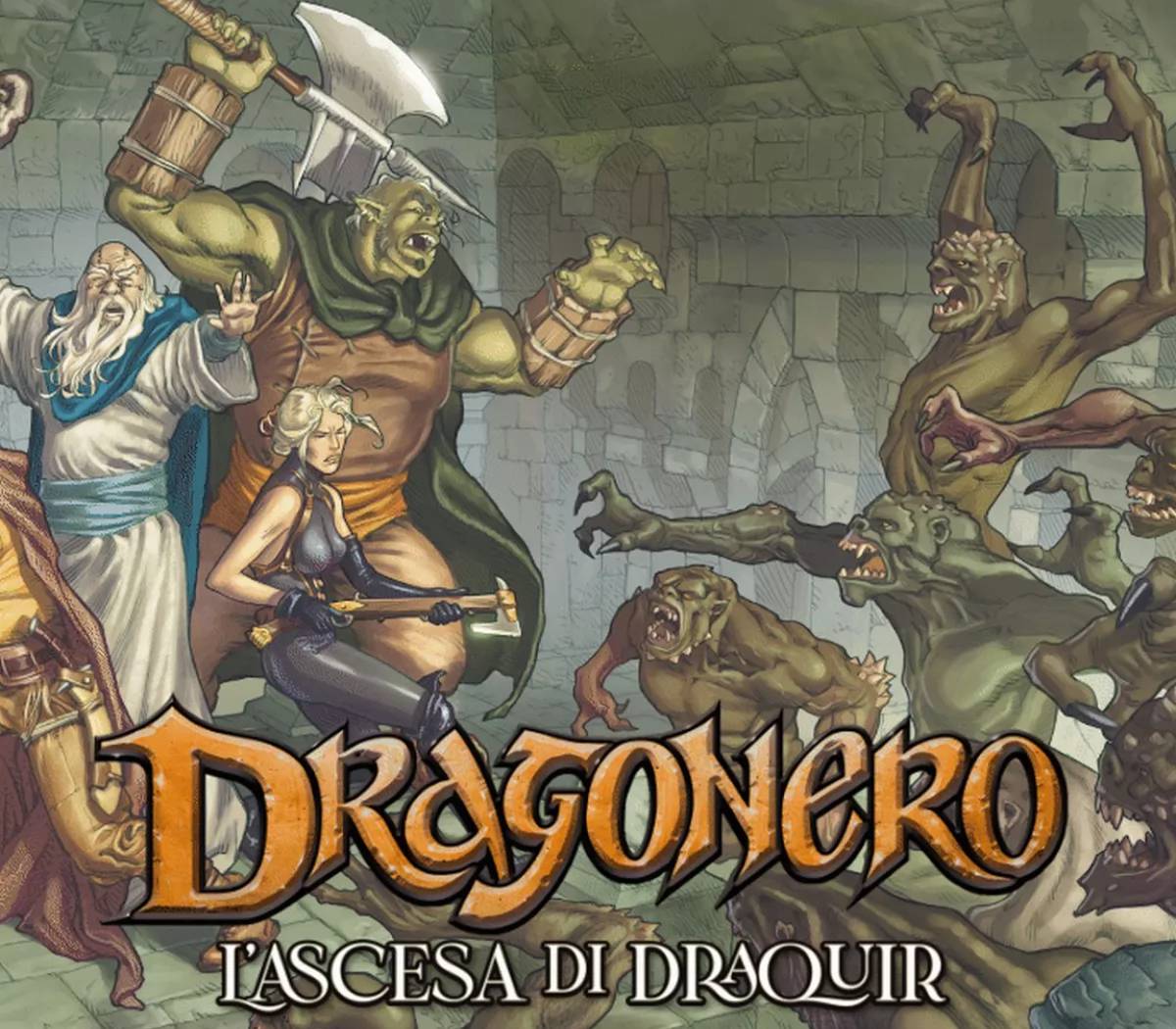
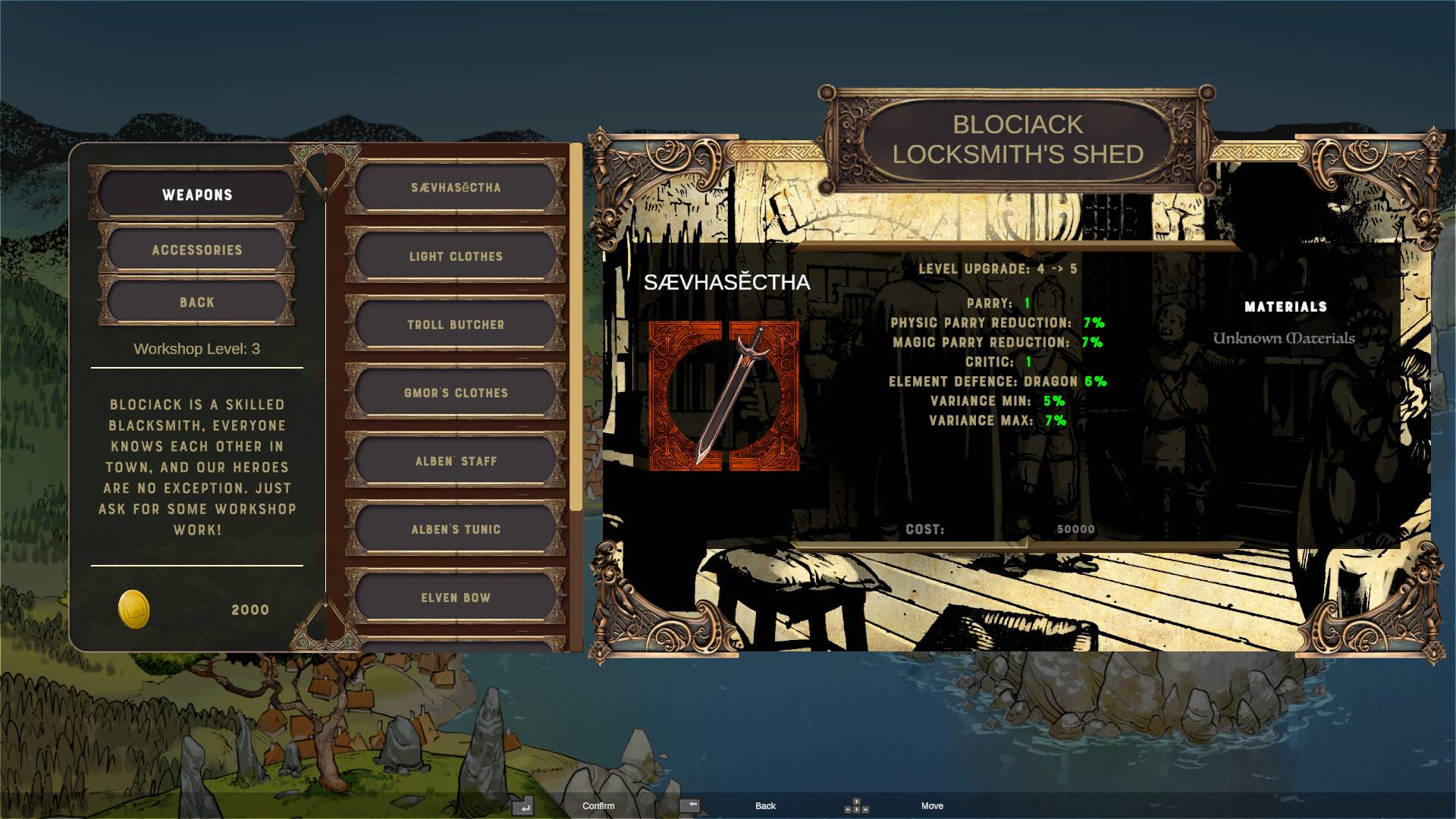

No se han encontrado comentarios para este producto. ¡Sé el primero en comentar!